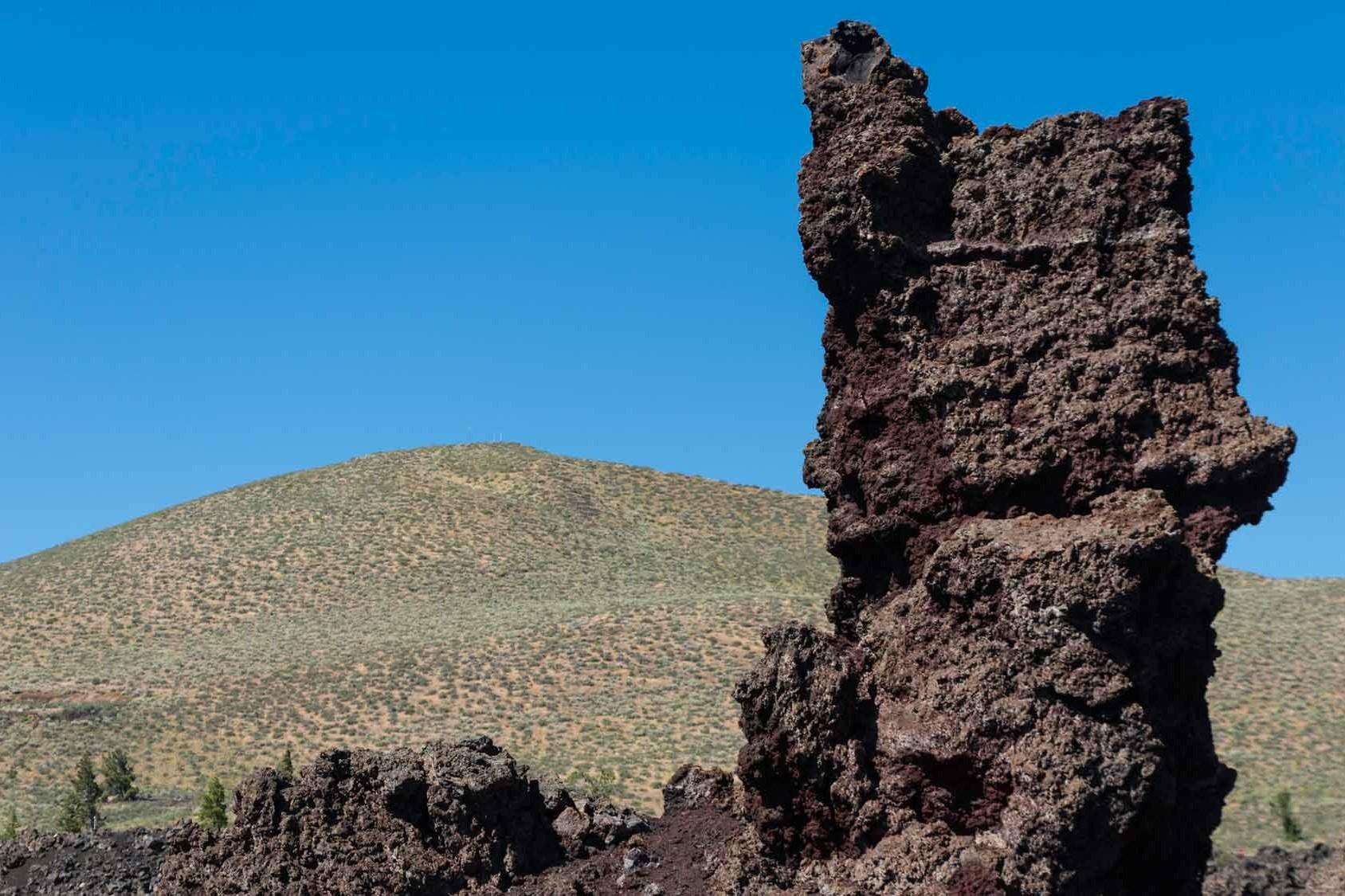Hidden Indigenous Villages Of Washington’s Columbia Plateau

Have you ever wondered about the hidden gems of Washington's Columbia Plateau? This area holds a rich tapestry of history, culture, and natural beauty. Among its treasures are the hidden Indigenous villages that offer a glimpse into a world often overlooked. These villages, nestled in the heart of the plateau, provide a unique opportunity to learn about the traditions and lifestyles of the Native American tribes who have called this land home for centuries. From ancient petroglyphs to traditional longhouses, each village tells a story that connects the past with the present. Ready to uncover the secrets of these fascinating communities? Let's dive in!
Hidden Indigenous Villages of Washington's Columbia Plateau
Washington's Columbia Plateau holds secrets of ancient Indigenous villages, each with its own unique story. These hidden gems offer a glimpse into the rich cultural heritage of the region. Let's explore some of these fascinating places.
1. Nespelem
Nespelem, located in Okanogan County, is a small village with deep historical roots. Known for its connection to the Colville Confederated Tribes, it offers a rich tapestry of traditions and stories.
- Historical Significance: Nespelem is home to the gravesite of Chief Joseph, a revered leader of the Nez Perce tribe.
- Cultural Events: The village hosts annual powwows, showcasing traditional dances, music, and crafts.
- Natural Beauty: Surrounded by stunning landscapes, Nespelem provides opportunities for hiking and exploring nature.
2. Kettle Falls
Kettle Falls, once a bustling fishing site for Indigenous tribes, now stands as a testament to the region's rich history. Located along the Columbia River, it offers a unique blend of natural beauty and cultural heritage.
- Fishing Traditions: Historically, Kettle Falls was a major salmon fishing site for tribes like the Spokane and Colville.
- Archaeological Sites: The area is rich with archaeological sites, offering insights into ancient Indigenous life.
- Scenic Views: Visitors can enjoy breathtaking views of the Columbia River and surrounding landscapes.
3. Inchelium
Inchelium, a village on the Colville Indian Reservation, is known for its vibrant community and cultural heritage. It offers a unique glimpse into the lives of the Colville Confederated Tribes.
- Cultural Center: The Inchelium Cultural Center preserves and promotes the traditions and history of the Colville tribes.
- Annual Events: The village hosts events like the Inchelium Powwow, celebrating Indigenous culture through dance, music, and crafts.
- Outdoor Activities: Inchelium's location near Lake Roosevelt provides opportunities for fishing, boating, and hiking.
4. Wellpinit
Wellpinit, located on the Spokane Indian Reservation, is a village rich in history and culture. It serves as the administrative center for the Spokane Tribe of Indians.
- Spokane Tribal Museum: The museum offers exhibits on the history, culture, and art of the Spokane Tribe.
- Cultural Celebrations: Wellpinit hosts events like the Spokane Tribal Labor Day Celebration, featuring traditional dances, music, and food.
- Natural Attractions: The village is surrounded by beautiful landscapes, perfect for outdoor activities like hiking and fishing.
5. Keller
Keller, a small village on the Colville Indian Reservation, is known for its serene environment and cultural significance. It offers a peaceful retreat with a rich history.
- Keller Ferry: The ferry provides a scenic crossing of the Columbia River, connecting visitors to the village.
- Cultural Heritage: Keller is home to several historical sites and cultural landmarks of the Colville Confederated Tribes.
- Outdoor Recreation: The surrounding area offers opportunities for camping, fishing, and exploring nature.
6. Omak
Omak, located in Okanogan County, is a vibrant community with a strong connection to Indigenous culture. It is known for its annual events and cultural significance.
- Omak Stampede: This annual event features the world-famous Suicide Race, a thrilling horse race with deep cultural roots.
- Cultural Exhibits: The Omak Visitor Center offers exhibits on the history and culture of the Colville Confederated Tribes.
- Scenic Beauty: Omak is surrounded by stunning landscapes, providing opportunities for outdoor activities like hiking and fishing.
7. Coulee Dam
Coulee Dam, a village near the Grand Coulee Dam, has a rich history intertwined with the construction of the dam and the lives of Indigenous tribes.
- Grand Coulee Dam: The dam's construction had a significant impact on the Indigenous tribes of the region.
- Cultural Significance: The area is home to several cultural sites and landmarks of the Colville Confederated Tribes.
- Recreational Activities: Visitors can enjoy activities like boating, fishing, and exploring the scenic landscapes around the dam.
Discover the Rich Culture of Washington's Indigenous Villages
Washington's Columbia Plateau holds a treasure of hidden indigenous villages waiting to be explored. These villages offer a glimpse into the rich culture and history of the Native American tribes who have lived there for centuries. Visiting these places provides a unique opportunity to learn about their traditions, art, and way of life.
From the stunning landscapes to the ancient petroglyphs, every corner of the Columbia Plateau tells a story. Engaging with the local communities and participating in their cultural events can be an enriching experience. These villages are not just historical sites; they are living communities that continue to thrive and preserve their heritage.
Plan a trip to these hidden gems and immerse yourself in the authentic experiences they offer. The journey will leave you with a deeper appreciation for the indigenous cultures of Washington.

